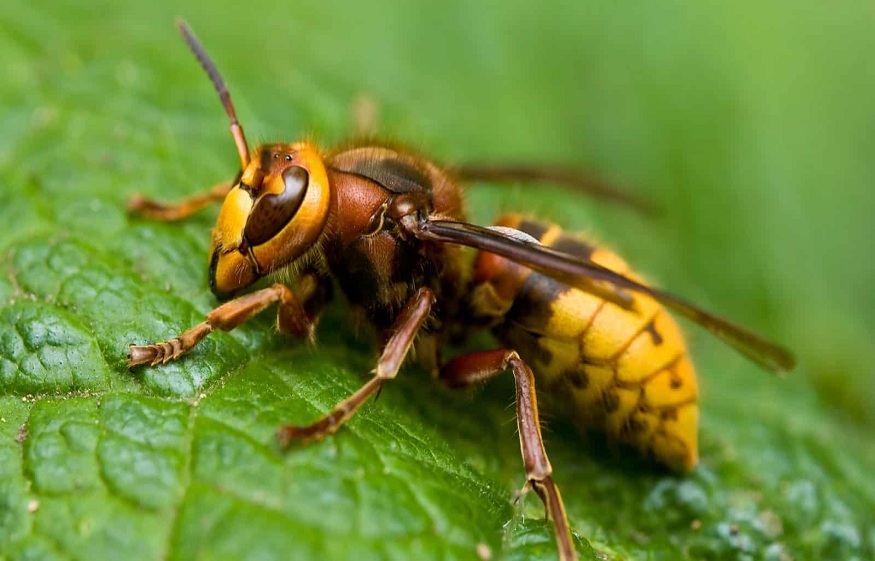Although they are members of the same family (Vespidae), hornets and wasps are not the same. Knowing these differences is crucial for human safety and pest control.
Although they serve distinct functions in ecosystems, hornets and wasps can be problematic in human environments. Because of their similar looks and shared family classification, wasps and hornets are frequently misidentified and misunderstood.
What makes a hornet different from a wasp? Which is worse, hornet or wasp stings? Are hornets or wasps more hostile? All questions will be answered in this blog. Contact Saela Pest Control if you want to eradicate problematic pests from your home.
How to distinguish wasps from hornets
Knowing the differences between wasps and hornets is essential for efficient pest control.
-
Wasp characteristics
Wasps can be identified by their slim bodies, distinct black and yellow stripes, and often glossy, smooth look.
As predators and scavengers, wasps eat sweet foods, including fruit juices and nectar as well as other insects. While some species are solitary, others are sociable and live in colonies with a clear hierarchy.
Paper wasps and yellow jackets are common wasp species. Yellow jackets reside in big colonies and are social. They are some of the most hostile wasps. They build paper nests in wall gaps, underground burrows, or in the air.
-
The characteristics of hornets
Hornets typically range from 0.75″ to 1.5″ in length, and their bodies are distinguished by characteristic black and yellow markings. Each species may have a different specific color. The bodies of hornets are thicker and longer compared to those of wasps, and their heads are more visible.
As a category of wasps, hornets will battle violently to protect their nests. Even in the absence of danger, they are known to sting both people and animals. They are sociable insects as well. They reside in colonies with an apparent organization consisting of drones, workers, and a queen.
Bees vs. wasps and hornets
Hornets, wasps, and bees all belong to the Hymenoptera order, however, they fall into various families. Many species of bees live in colonies and build hives out of wax, and they serve as key pollinators and makers of honey.
Because their bodies are encircled in dense hair, bees tend to be more robust and appear fuzzy. Wasps and hornets often have narrower waists and are more aggressive than bees.
Nesting habits
Identifying and dealing with infestations requires an understanding of wasp vs. hornet nesting behaviors, preferred sites, and structures.
-
Wasp nesting habits
Wasps have a number of nesting methods. Some have social colonies with workers, drones, and queens, while others are solitary. Nests are often found in a variety of locations, including trees, buildings, and underground burrows.
They employ a mixture of wood fibers and saliva to construct their nests. The nest’s interior looks like a honeycomb. Although their appearance might vary, social wasps usually make complex paper nests, while ground-nesting wasps usually dig simple burrows in the ground. These paper nests can be as small as a golf ball or as large as a basketball.
-
Hornet nesting habits
The nesting habits of hornets are the same. Most of hornet species are social and construct communal nests, while they can also be solitary. Beginning with a single queen, colonies build communal nests in sheltered sites such as trees, attics, under roofs, or in shrubs.
Life cycles
Hornets and wasps go through an extensive life cycle, starting as eggs and developing into larvae, pupae, and adults. In the spring, a fertilized queen emerges, forms a colony, and starts laying eggs. After being fed by the queen or other workers, larvae grow into adult workers who tend to the nest and forage. Fertilized queens seek shelter to overwinter and begin fresh cycles as the season comes to an end and new queens and males mate.
Are wasps or hornets more aggressive?
Hornets are highly territorial and are willing to protect their nests if threatened. Their venom is more potent than that of other wasp species, and they can sting several times.





